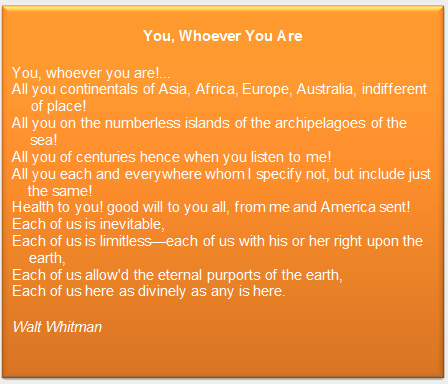Interactive popup. Assistance may be required.
0.7%
Interactive popup. Assistance may be required.
Homeowners
Interactive popup. Assistance may be required.
Whites make up the largest racial segment of Texas at 70.4%.
Settlement patterns in the United States can be divided into three major periods. The first period was the arrival of the American colonists; the second was the movement west; and the third was the movement from rural to urban areas. Settlement patterns continue to change over time. In 1790, less than 10 percent of the population could be defined as urban, but currently more than 75 percent of the population is located in an urban area.
People have immigrated to the United States and migrated throughout the United States. This has traditionally been related to economic and social conditions. From the Industrial Revolution to the Great Migration, people have looked for better economic opportunities and social conditions.
The U.S. Census Bureau keeps track of information about the population in the United States. Click on the link below to access the map, which is the bureau’s Interactive Population Map from the 2010 census. Analyze the information in the map, and answer the following questions.
Interactive popup. Assistance may be required.
0.7%
Interactive popup. Assistance may be required.
Homeowners
Interactive popup. Assistance may be required.
Whites make up the largest racial segment of Texas at 70.4%.
Think about what you have learned about immigration and how it has affected settlement patterns over time. The poem below was written by Walt Whitman, an influential U.S. poet. Read the poem and respond to the questions that follow in your notes.



